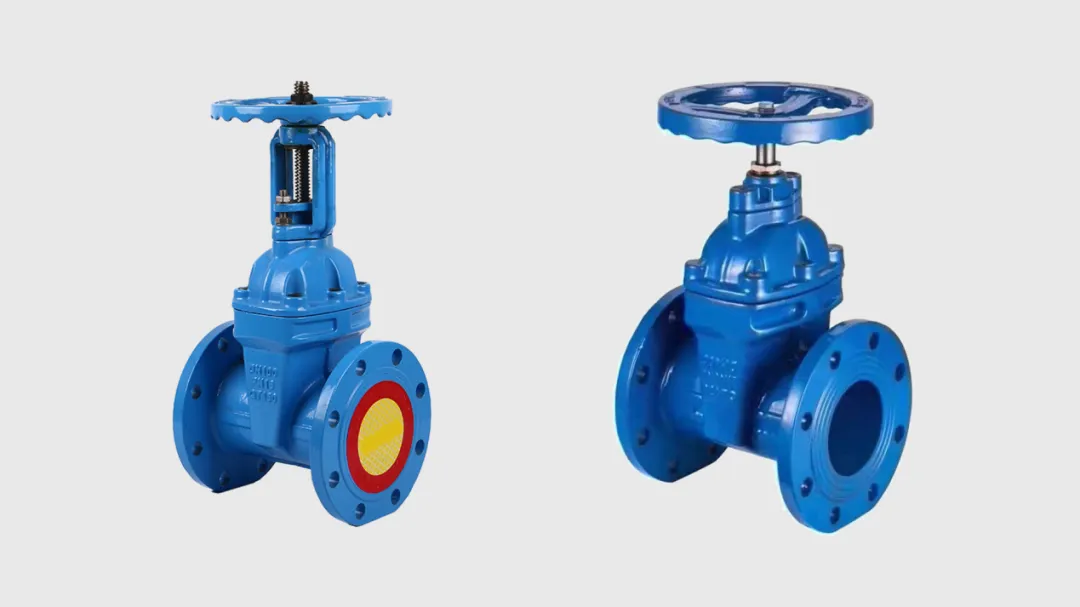diaphragm check valve
Understanding Diaphragm Check Valves Function, Benefits, and Applications
Diaphragm check valves play a crucial role in various fluid management systems, ensuring that flow occurs in the correct direction while preventing backflow. These valves use a flexible diaphragm to open and close the passageway for fluids, combining efficiency with reliability in a wide range of applications. This article delves into the operating principles, advantages, and practical uses of diaphragm check valves.
Operating Principles
At the core of a diaphragm check valve is the flexible diaphragm, which acts as a sealing mechanism. When fluid flows in the intended direction, the pressure pushes the diaphragm open, allowing the fluid to pass through. As the flow diminishes or reverses, the diaphragm returns to its resting position, sealing off the pathway and preventing any reverse flow. This design ensures that the diaphragm remains in contact with the valve seat, providing a tight seal that minimizes leakage and enhances performance.
Diaphragm check valves are typically designed with a simple structure, which makes them easy to maintain and install. The diaphragm material is usually selected based on the fluid characteristics to ensure compatibility and longevity. Common materials include rubber, PTFE (polytetrafluoroethylene), and other elastomers that can withstand varying temperatures and chemical exposures.
Advantages of Diaphragm Check Valves
1. Prevent Backflow The primary function of any check valve is to prevent backflow, which diaphragm check valves accomplish effectively. This is especially important in systems where backflow could lead to contamination or damage.
2. Minimal Pressure Drop Diaphragm check valves are designed to offer low resistance to flow. This characteristic minimizes pressure drop across the valve, resulting in more efficient system operation.
3. Versatile Applications These valves can be used in various applications, including water treatment plants, chemical processing, and food and beverage industries. Their ability to handle different fluid types, including corrosive substances, makes them highly versatile.
diaphragm check valve

5. Compact Design The compact nature of diaphragm check valves saves space in installations, making them ideal for systems with limited space.
6. Easy Maintenance The simple design of these valves allows for easy disassembly and cleaning. In many cases, the diaphragm can be replaced without needing to remove the entire valve from the pipeline.
Applications
Diaphragm check valves are utilized across various industries. In water treatment facilities, they are crucial for preventing backflow that can lead to contamination of potable water supplies. In the chemical sector, these valves manage corrosive and non-corrosive fluids, ensuring safety and compliance with regulatory standards.
The food and beverage industry also relies on diaphragm check valves to safeguard product integrity. By preventing unintended flow reversals, these valves help maintain hygienic conditions throughout the processing and distribution of consumables.
Additionally, diaphragm check valves find applications in medical devices and pharmaceutical manufacturing, where precision and contamination prevention are paramount. Their adaptability allows them to be tailored for specific operating conditions, including varying pressure and temperature ranges.
Conclusion
Diaphragm check valves are integral components in numerous fluid management systems due to their reliability and ease of use. Their design effectively prevents backflow, minimizes pressure losses, and accommodates a broad spectrum of applications across various industries. As technology advances, the materials and manufacturing processes for diaphragm check valves continue to improve, further enhancing their performance and lifespan.
When selecting a diaphragm check valve, it is essential to consider factors like fluid characteristics, pressure requirements, and the specific application to ensure optimal functionality and longevity. With advancements in materials science and engineering, the future of diaphragm check valves promises even greater innovations, solidifying their place as indispensable tools in fluid control and management.
-
High-Security Lockable Gas Valve - Tamper-Proof ControlNewsAug.30,2025
-
Reliable Hydraulic Valves for Efficient Fluid ControlNewsAug.29,2025
-
Reliable Electric Actuators for Industrial Valve AutomationNewsAug.29,2025
-
Premium Line Blind Valves for Secure Pipeline IsolationNewsAug.29,2025
-
Premium Electric Valves for Smart Fluid Control SolutionsNewsAug.29,2025
-
Precision Balanced Valves for Optimal System PerformanceNewsAug.29,2025
-
Heavy-Duty Flanged Butterfly Valves for Water SystemsNewsAug.29,2025




